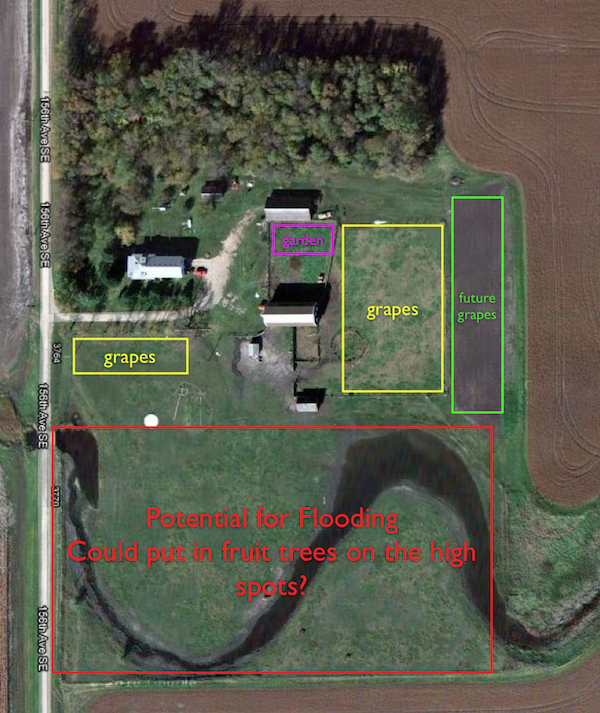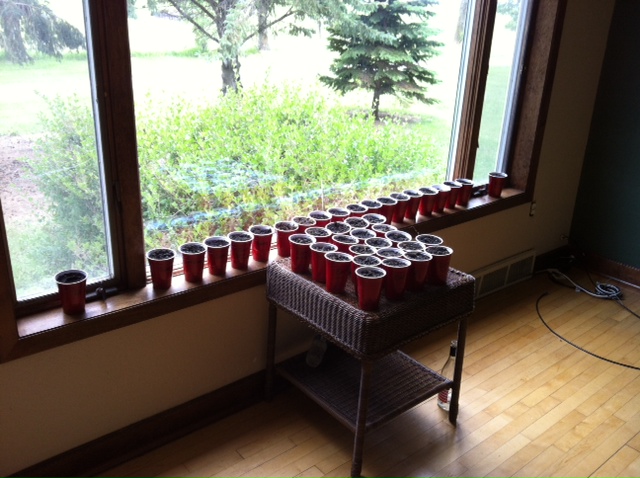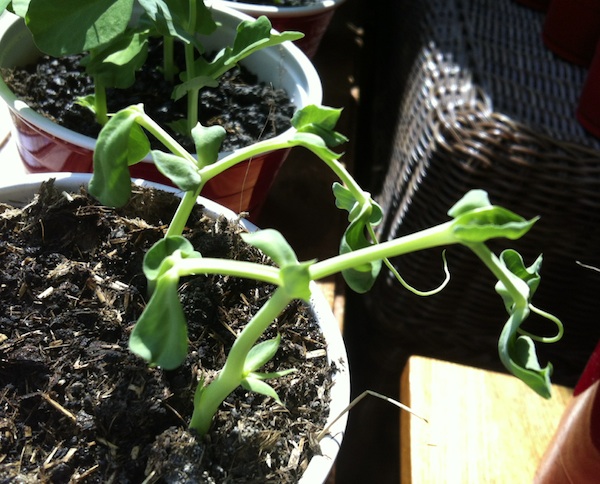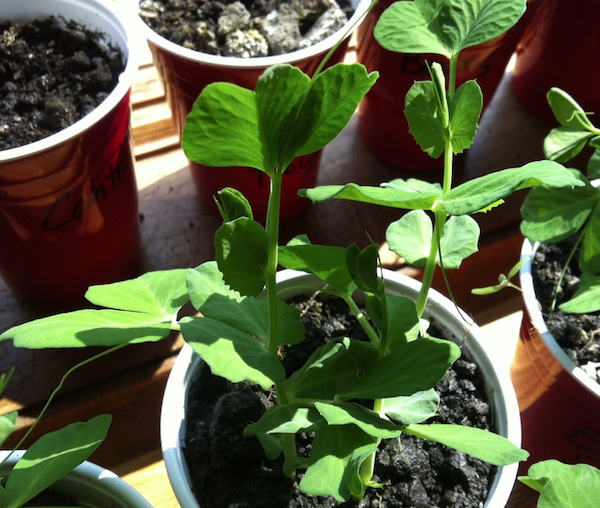I am starting this thread to document the beginning of my vineyard and winery in North Dakota. I acquired a 12 acre farmstead this Spring and am trying to prepare the site for planting grapes next spring.
You may have seen my post about finding herbicide contamination in the soil. I will continue to update that as it develops. But I think I will be able to move forward with the vineyard sooner rather than later.
Here is an arial view of the site with areas marked out for future planting. The largest area to the East I call the eastern vineyard may have contamination (to be determined). And is about 3/4 of an acre. The area south of the house will be a smaller, more visible, southern vineyard. It is nicely situated along the driveway and road. It's about 1/4 of an acre. There is an old concrete silo base in that area that I plan to build a gazebo on for picnics in the vineyard.

You may have seen my post about finding herbicide contamination in the soil. I will continue to update that as it develops. But I think I will be able to move forward with the vineyard sooner rather than later.
Here is an arial view of the site with areas marked out for future planting. The largest area to the East I call the eastern vineyard may have contamination (to be determined). And is about 3/4 of an acre. The area south of the house will be a smaller, more visible, southern vineyard. It is nicely situated along the driveway and road. It's about 1/4 of an acre. There is an old concrete silo base in that area that I plan to build a gazebo on for picnics in the vineyard.









